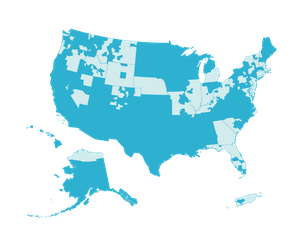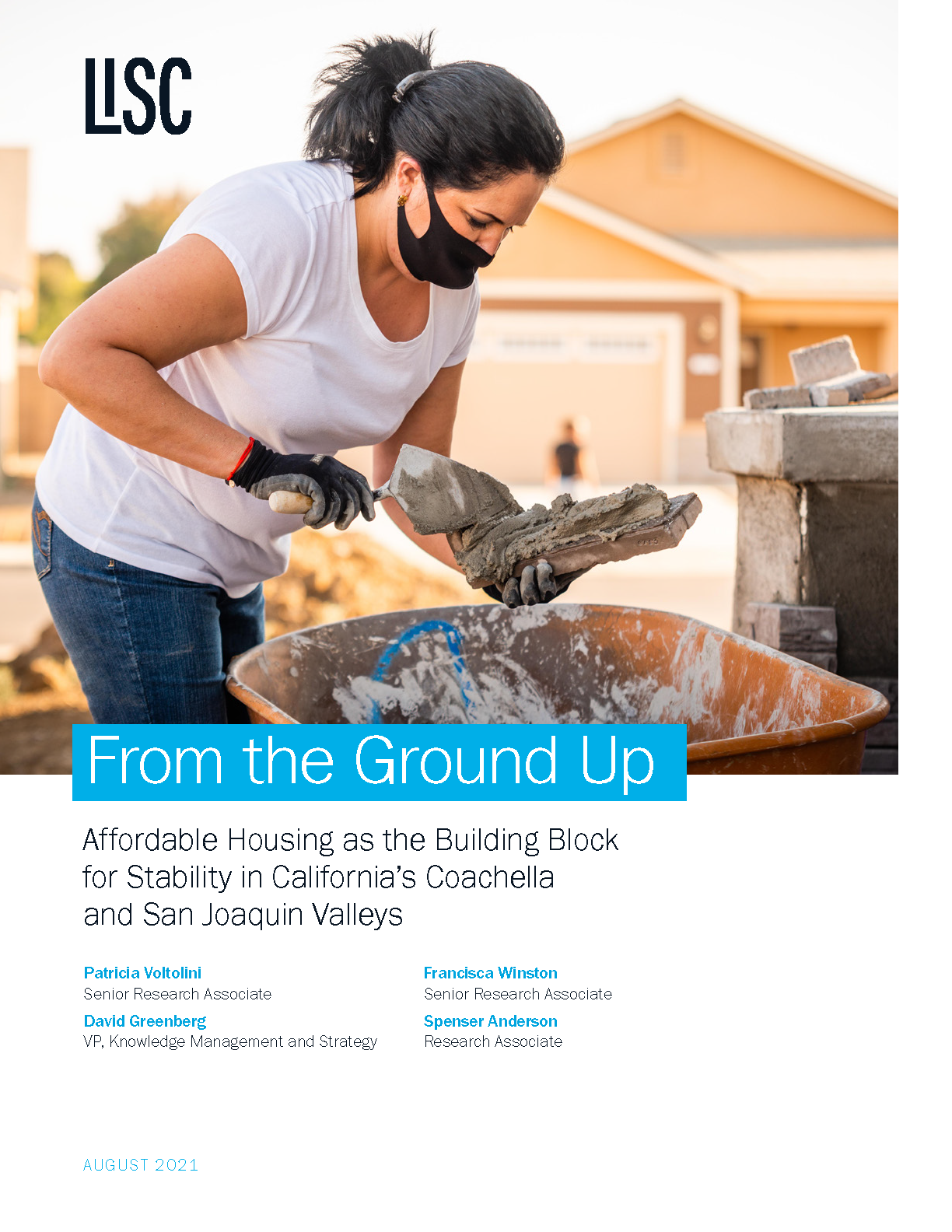A new LISC research paper demonstrates how intensive community development initiatives in two rural regions of California sowed the seeds of stability and revitalization for local people and places. Co-author and LISC senior research associate Patricia Voltolini explains why these findings are so significant, and what they can teach practitioners, policy makers and local leaders about the imperative of investing in collaborative community-serving projects.
One in five Americans—about 60 million people—live in rural communities that are diverse in geography, population, and economic conditions. But while rural America makes invaluable contributions to the country’s prosperity and is a crucial source of water, food, energy, and recreation for all Americans, a large segment of rural people live in poverty and struggle to meet basic needs. One out of four are considered housing cost-burdened and since long before the economic crisis exacerbated by COVID-19, the lack of quality, affordable housing has loomed as one of the most pressing issues facing rural residents.
Community development organizations have been one of the few consistently reliable resources addressing rural challenges. And for decades, LISC has supported those groups, providing technical assistance, capacity building, and financial support to organizations serving rural communities across the nation. In many instances, these local organizations are the only entities providing affordable housing or other vital services for low-income people in rural communities.
As critical as this work is, research on the impact of community development and affordable housing in rural areas has been limited. A handful of studies have demonstrated the positive spillover effects of affordable housing development, but they have largely focused on urban areas. A new research paper from LISC’s research and evaluation team, “From the Ground Up: Affordable Housing as the Building Block for Stability in California’s Coachella and San Joaquin Valleys,” aims to help fill this research gap by examining community development efforts in two rural California areas. It asks: What are the impacts of community development efforts on rural communities, and how can these efforts advance equity over the longer term?
Our findings suggest that concentrated, collaborative community development initiatives have brought stability and revitalization to small towns in the Coachella and San Joaquin valleys. Community development supported by LISC, among other entities, leveraged results beyond the impressive number of affordable homes produced. These outcomes led to a shift in community stability that in turn brought about infrastructure improvements, supportive social services, and the development of more representative political leadership.
In the case of the Eastern Coachella Valley, for example, we documented a statistically significant impact in home mortgage loans through the creation of affordable homes and other resources brought to the community by the Coachella Valley Housing Coalition, a stalwart community development corporation. New affordable housing, helped spur the growth of a middle class made up of the Latino/x majority, and allowed farmworkers who had often experienced housing instability to put down roots and become permanent members of the community.
Indeed, in both the San Joaquin and Coachella valleys, intensive investments in affordable housing became a building block for other forms of rural community development, by allowing people to settle more permanently, open businesses, and increase their civic engagement. Our research findings offer quantitative proof—if more proof were needed—that smart public policy and public and private investment in equitable, community-enriching projects and programs in rural America, as in urban areas, is critical to help us nurture the economic and social wellbeing we all want and deserve.
 ABOUT THE AUTHOR
ABOUT THE AUTHOR
Patricia Voltolini, Senior Research Associate
Patricia is a mixed-methods researcher and part of LISC Research and Evaluation team. Her current work involves evaluating LISC’s impact in communities across the country, developing innovative research that explores and highlights topics of emerging importance in the field, and assisting data and research needs of local offices and national programs. Prior to joining LISC she was a local economic development consultant conducting research and strategic planning for downtown and commercial corridor revitalization projects throughout the country. She holds a Ph.D. in Planning and Public Policy from Rutgers University, and is a Visiting Assistant Professor in the Graduate Center for Planning and Environment at the Pratt Institute.

